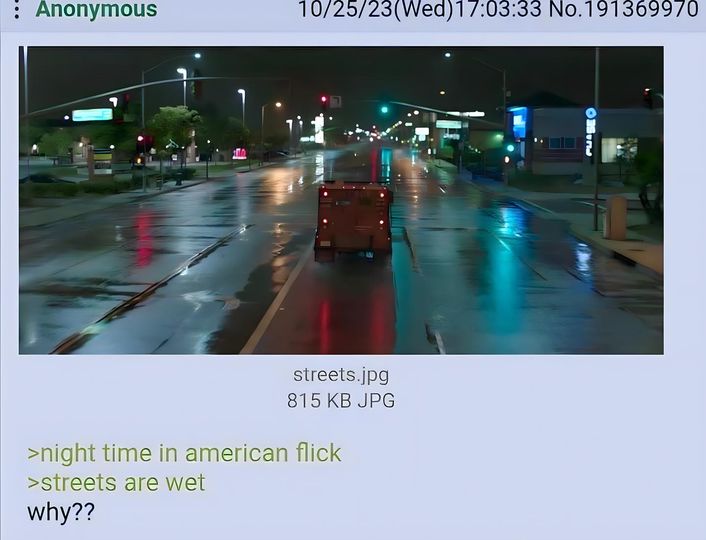this post was submitted on 03 Jul 2024
344 points (95.0% liked)
Greentext
5576 readers
2193 users here now
This is a place to share greentexts and witness the confounding life of Anon. If you're new to the Greentext community, think of it as a sort of zoo with Anon as the main attraction.
Be warned:
- Anon is often crazy.
- Anon is often depressed.
- Anon frequently shares thoughts that are immature, offensive, or incomprehensible.
If you find yourself getting angry (or god forbid, agreeing) with something Anon has said, you might be doing it wrong.
founded 1 year ago
MODERATORS
you are viewing a single comment's thread
view the rest of the comments
view the rest of the comments

That source has a pretty significant bias itself. It being from 2001 might be a clue as to why: before polymer-modified bitumen, there were many more downsides to using open asphalt mixes on anything but long, straight highways. That's probably also why it only mentions hot-mix asphalt, which the Netherlands is basically banning next year for environmental reasons in favour of warm-mix. I REALLY hope this isn't the latest version of this book.
It's true that high-speed roadways more greatly benefit from open asphalt, but it's very much not true that open-graded mixtures don't have benefits at lower speeds. They still reduce road noise by 5-7 db even at 50kph speeds, and of course the benefits of less water on the road is substantial. The downside is that there is more fraying, so using it at traffic lights or roundabouts is not a great idea. Even with modern PMB mixes and SAMI treatmeants that reduce fraying pretty effectively (which didn't really exist in 2001 when that source was composed), a stone-mastic asphalt is still the go-to for areas with a lot of turning or braking.
But most of all, it's more expensive to build and to maintain, and since maintenance is already pretty crap in a LOT of places (having 6 or 7 lane accessroads doesn't help there) using open asphalt is probably a bad idea.
Source: Married a Dutch engineer, worked on a lot of roadbuilding projects myself (admitedly not in the design phase, I do know what gets put where here in the Netherlands).
Thank you for sharing! I would be interested in more up-to-date resources if you have them. Additionally, I still believe that the "poor/cheap" element is not entirely accurate until further evidence is provided. You yourself seem to suggest that it is more related to the sheer size of freeways and interstates that make open-graded mixes cost-ineffective, which I agree with.
No, what I said is that you can absolutely use open asphalt outside of freeways, but that the benefit is smaller. Whether or not you want to do it all depends on how you weigh your cost-benefit analysis. Many Dutch cities use it in the city for noise reduction, regardless of higher cost. But if you value things like noise and splash reduction less, then the cost-benefit will land more solidly on "don't build expensive things".
Thanks for the slight correction. Sorry for the misunderstanding.
I still believe that the “poor/cheap” element is not entirely accurate until further evidence is provided. You yourself point out that it is a matter of cost-benefit analysis, which can be tremendously swayed by land use (noise reduction matters less with lower density) and practical considerations (America is just… really really big).